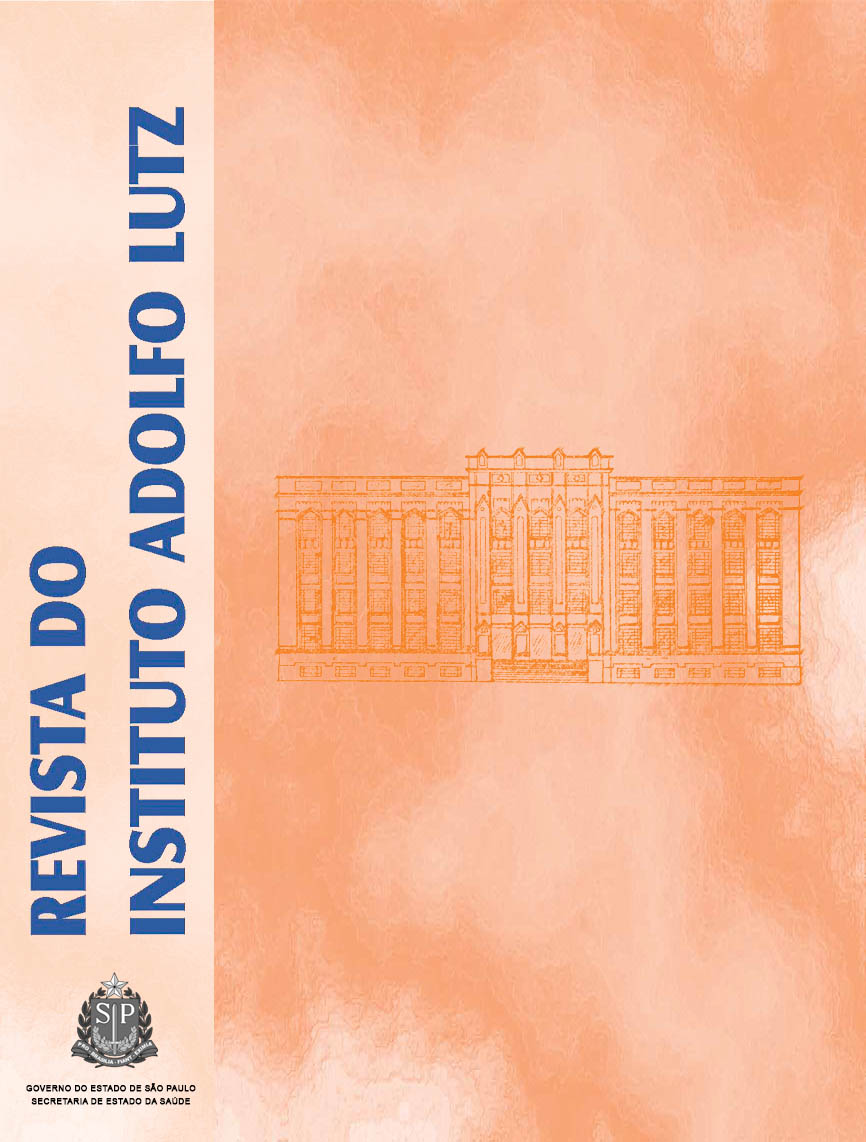Abstract
The present study evaluated the efficacy of various culture media for performing the isolation and growth of the rubella virus inoculated into SIRC cells. Rubella virus RA-27/3 strain and RVi/SãoPaulo/BRA99wild type strain (GenBank number DQ458965) were inoculated into SIRC cell line and cultivated in 199, DMEM, MEM and RPMI media. The inoculated cells when examined on phase contrast microscopy showed the characteristic rounded and multipolar cells. The CPE was observed at the first 48 hours cultivation in the respective tested media. The curve of the infectivity increase was higher in the cultures maintained in DMEM and RPMI media. Hence, the SIRC cellular lineage cultivated in DMEM or RPMI media is an excellent substratum for performing the rubella virus isolation. These findings are relevant since the SIRC has been one of the few cell lines described in the literature which presents a cytopathic effect, and on that account it can be useful for carrying out the virus isolation from clinical specimens.References
1. Best JM. and Banatvala JE. Rubella. In: A.J. Zuckerman, J.E. Banatvala and J.R. Pattison, eds. Principles and practice of clinical virology, John Wiley & Sons, Chichester 2000: 387-418
2. Wolinsky JS. 2006 Rubella in Fields Virology. 3rd ed, New York: Lippincott-Raven,. p. 899-930.
3. Best JM. Rubella. Seminars in Fetal & Neonatal Medicine 2007, 12: 182-92.
4. Figueiredo CA, Klautau GB, Afonso AM, Castrignano SB, Oliveira MI, Curti SP, Squarcina GG, Narimatsu K, Rasslan Z, Lima CA, Golin V, Tadeo EF, Spagunolo FJ, Cataldo B, Durigon EL. Isolation and genotype analysis of rubella virus from a case of Guillain-Barré syndrome. J Clin Virol. 2008, 43(3):343-5.
5. Figueiredo CA, Oliveira MI, Afonso AMS, et al.Isolation of the wild-type rubella virus in rabbit kidney cell line RC-IAL. J Bras Patol Med Lab 2004; 40 (2): 69-73.
6. Figueiredo CA, Oliveira MI, Curti SP, et AL. RC-IAL Cell Line: Sensitivity Of Rubella Virus Grow. Rev Saúde Pública 2000; 34(4): 353-7
7. Frey KT. Molecular biology of rubella virus. Adv Virus Res 1994, 44: 69-160.
8. Liebhaber H, Riordam JT, Horstmann DM. Replication of rubella virus in a continuous line of African green monkey kidney cells (Vero). Proc Soc Exp Bio Med 1967, 125:636-43.
9. Belcourt RJ, Wong FC, Walcroft MJ. Growth of rubella virus in rabbit fetal tissues and cell cultures. Can J Public Health 1965, 56:253-4.
10. Karber, G. Beitrag zur kolledtiven behandlung pharmakologischer reihenversuche. Arch Exp Pathol Pharmako. 1931, 162: 480-3.
11. Freshney RI. 2000 Culture of animal cells, a manual of basic technique, 4th ed. Wiley Liss, New York, NY.
12. Leerhoy, J. Growth of rubella virus in a rabbit cornea cell line SIRC. Acta Pathol Microbiol Scand 1968, 74(3):460-1.
13. Leerhoy, J. Cytopathic Effect Of Rubella Virus In A Rabbit-Cornea Cell Line. Science 1965, 6(149): 633-4.
14. World Health Organization, Standardization of the nomeclature for genetic characteristics of wild-type rubella viruses. Wkly Epidemiol. Rec. 2005, 80(14):126-32.

This work is licensed under a Creative Commons Attribution 4.0 International License.
Copyright (c) 2009 Instituto Adolfo Lutz Journal
